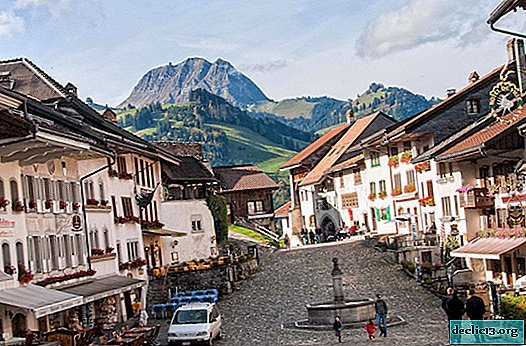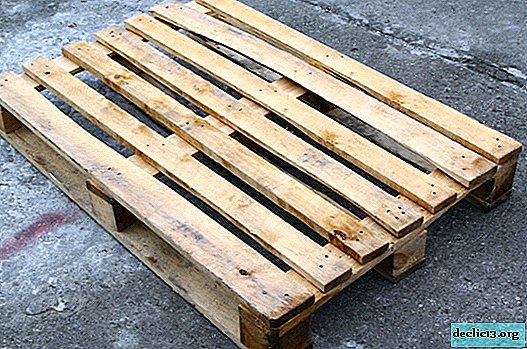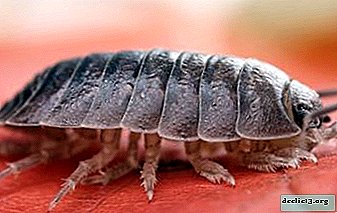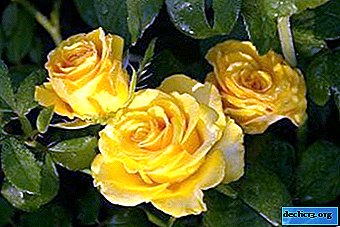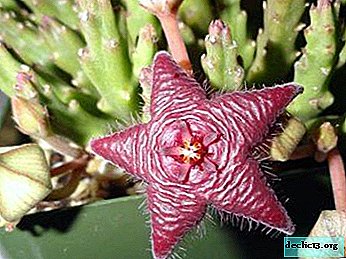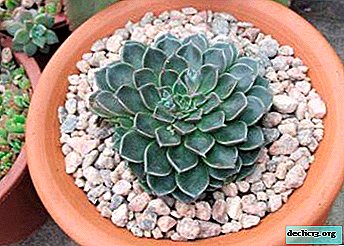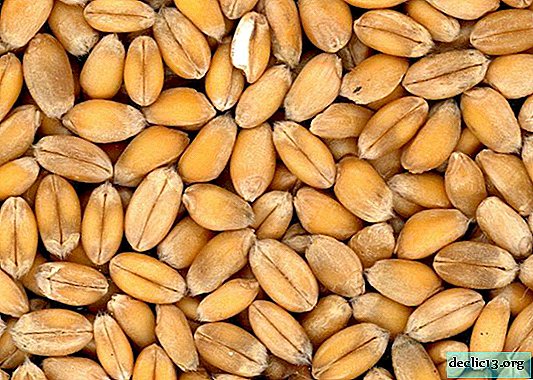The list of reasons why Anthurium flowers are pale, small and nondescript. Features of plant care
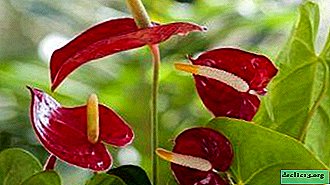
The plant anthurium has an unusual and bright appearance. That is why interior designers often use it to decorate various rooms.
Anthurium Andre and Scherzer are grown as home decorations. If you provide the plant with proper care, it will delight you with beautiful and magnificent flowering all year round.
But why sometimes the flowers of the anthurium turn pale, become inconspicuous, small and dull, and what to do in this case? Read on, we will tell a lot of important things on this topic.
Why is this happening?
One of the common causes of this problem is the natural aging of Anthurium.. During this period, the trunk of the plant is exposed, while the flowers become small and pale. If you want to keep the plant in a beautiful form, you need to conduct a rejuvenation procedure.
- Using a secateurs, cut off the upper part of the anthurium with 2 or 3 aerial roots.
- Then plant it in a separate pot of earth.
- A young plant needs to be sprayed, watered in a timely manner, maintain the average room temperature at +200FROM.
The following is a detailed list of other reasons why Anthurium flowers may be small and pale.
Fungus
This plant is extremely rarely affected by pests due to its toxicity. But the fungus infects the anthurium often. There is a problem due to non-compliance with care requirements. There are several most popular types of fungus that appear in anthurium.
- Fusarium Flowers turn pale and foliage yellow. If no action is taken, the anthurium dies. It is also possible to identify the disease by bending the trunk sideways, by noticeably darkening it at the base.
- Anthracnose. It manifests itself in high humidity and temperature. The buds do not fit, the flowers lose their brightness. Gray spots with a yellow border appear on the leaves.
- Rust. One of the signs is small and pale inflorescences. You can also diagnose the problem by light yellow marks on the top and brown dots on the inside of the leaves.

After processing the bush with a fungicide, the following measures should be taken:
- Remove all affected parts, and spray the green ones with a solution with a growth stimulator (Epin, Zircon).
- Remove the anthurium from the pot and inspect the roots, remove all diseased parts.
- Sprinkle slices with crushed activated carbon.
- If the size of the root system has decreased, transplant the anthurium into a smaller pot.
Pests
Pests rarely infect Anthuriumbut if nevertheless the plant is damaged, then it will be:
- scale shield;
- thrips;
- worms;
- aphid.
Aphids accumulate on young inflorescences and shoots. Thrips are dangerous in that they multiply rapidly. Worms are sucking insects. Larvae and adult females suck young shoots, leaves, buds. One of the results of pest infection is the crushing and pallor of inflorescences.
It is best to deal with parasites with the help of special chemicals. These are Fitoverm, Aktellik, Akarin, Karate, Spark.
You can learn more about diseases and pests that can infect Anthurium from a special material.
Drafts
If the leaves of anthurium curl up, and the flowers are reduced in size - this is a sign that the plant is exposed to drafts. The pot needs to be moved to another place, but it is imperative to provide a constant stream of fresh air (so that the anthurium "breathes").
Soil depletion
 Anthurium flowers begin to fade and fade when the soil is depleted.
Anthurium flowers begin to fade and fade when the soil is depleted.
So that the plant is healthy and pleases the eye with beautiful flowers, it is recommended to use a loose moisture-proof substrate to create high-quality soil. Combine in it:
- peat;
- moss;
- turf land;
- or create a substrate of pine bark and sphagnum.
Wrong watering
The appearance of small flowers can cause improper watering. Excessive moisture causes stagnation of water in the pot, the root rots, this affects the condition of the whole plant. Drought of the soil leads to the fact that Anthurium fades and inflorescences do not form.
Lack of fertilizer
Anthurium requires fertilizer constantly, especially in the first years of life. In order for this plant to develop well, fertilizers need to be applied regularly - it is best once every 3-4 weeks.
With a lack of fertilizers, the plant will not fully develop, which means that the flowers will become small.
An excess of fertilizers is also dangerous for anthurium. For example, the abundance of nitrogen in the soil causes abundant branching and lack of flowering.
Priming
For planting a plant the soil should be slightly acidic, loose and saturated with nutrients. The roots will be provided with oxygen, and Anthurium will thank you with lush, vibrant colors.
Reference! Peat is not suitable for a perennial plant, since the plant will stop flowering from it.Hypothermia
Anthurium is sensitive to temperature changes. If there is a sharp drop or the plant receives hypothermia, then it can be affected by rot or fungus. Therefore, it is required to control the temperature in the room where the anthurium grows, it should be at least +16 degrees.
Incorrect lighting
Avoid direct sunlight on the plant., but at the same time diffused lighting must be. If you put anthurium in the sun, it may not bloom at all. In addition, burns will appear on the leaves, and the flowers will be pale.
Plant care
The air around the plant should be well moistened. It requires a lot and often sprayed, and sometimes wipe the foliage with a damp cloth. To strengthen and develop the growth of the subordinate roots, you need to overlay the stems with moss. If you comply with all the requirements, anthurium will bloom magnificently all summer.
In the spring and summer, the flower grows, it must be fed, nourished every 15 days, alternating organic and mineral fertilizers. Transplanted flower annually in spring (if the base of the flower is more than 25 cm wide, the transplant should be done once every six months).
There are many reasons why flowers can become pale and small. This can be a consequence of improper care, or one of the signs of the disease. Before the beginning of active actions, you need to find out the cause, and then effectively eliminate it.
Useful video
Watch the video about why the flowers of Anthurium are fading and what to do with it:



